The number one challenge I hear from salespeople and business owners alike is: “I don’t have enough meetings set in order to hit my sales goals.” What’s crazy about this is that it’s a totally solvable problem…
Salespeople can always set more meetings if they simply know the right levers to pull. There are always elements to take control of in order to set more meetings.
In this video, I’m going to show you 5 keys to a sales prospecting campaign that will help you set way more meetings. Check it out:

1. Get organized.

You might be skeptical that something as simple as “getting organized” can actually help you set more meetings. But trust me—getting organized is the first step to a successful sales prospecting campaign, especially today.
In this day and age, salespeople must be more organized than ever when it comes to prospecting. Back in 2000, when prospecting meant randomly making cold calls to leads, maybe you didn’t have to be quite so organized. But today, salespeople need to know exactly what tools they’re going to use—and how they all fit into each step of the sales prospecting campaign.
Organization is the key to having a consistent flow to the campaign. Getting organized means mapping out, in advance, every single step each prospect is going to go through.
Think of your sales prospecting campaign as a factory assembly line. At the beginning of the assembly line, you’re dealing with someone that has no idea who you are or what your company offers. But after they go through all the steps in the assembly line, they’re going to be warmed up enough to the point where they’re willing to have a meeting with you. That’s the only goal of this entire assembly line: to create prospects who are willing to talk to you.
Get organized by mapping out that whole process in advance. Think through how and when you’re going to call, email, LinkedIn message, text, call, leave voicemails, and send letters to each prospect ahead of time
2. Good data is everything.

Many salespeople today are doing a lot of hard work to prospect, but they’re missing good data. As a result, they’re reaching out to leads with outdated phone numbers, or incorrect email addresses. Strong data is essential to a strong sales prospecting campaign for two clear reasons. First, it ensures that you actually have the right contact information for your leads. And second, if you actually get a lead on the phone or you engage them in an email exchange, you can rest assured that it’s a lead you actually want to talk to.
The worst outcome of a prospecting campaign is spending tons of time and energy reaching out to leads, only to find that most of them aren’t even qualified to schedule an appointment with you in the first place. That’s why your data must be rock-solid. Test it and verify it. Make sure you’re only sending emails to valid addresses, and you’re only calling valid numbers.
3. Leverage all of your platforms.

What are the different ways you can reach out to prospects in your space? Some common platforms are email, phone calls, social media, texting, FedEx, UPS, and more. Think through all the platforms at your disposal that you can use to reach out to leads and get their attention. It might even be an in-person drop-in. Whatever your best platforms are, it’s crucial to leverage all of them in order to put a robust sales prospecting campaign in place. It’s not enough just to choose one or two platforms—you want to use them all.
You never know what will be the most effective way to connect with a given individual. Some only respond to emails, but others ignore emails and pick up every phone call. Still others are always on social media and they actively respond to LinkedIn messages. You just don’t know until you reach out in the right way, so make sure you’re leveraging different platforms in your sales prospecting campaign to increase your likelihood of making contact with leads.
4. WIIFM is king.

WIIFM stands for what’s in it for me. That is the mantra of every single prospect on the entire planet. Anytime they receive a call or email from a salesperson, prospects immediately think, “What’s in it for me?” If they can’t answer that question, then they’re going to hang up the phone, or ignore the email.
Put yourself in your prospects’ shoes and ask: “What do they actually want? What do they care about? What would be in it for them to get on the phone with a salesperson like me?” No one likes to talk to salespeople, because no one likes to be sold on something. It’s generally an unpleasant thing. That’s why it’s so important to answer the WIIFM question for your prospects. What can you offer them that’s going to be attractive enough that they actually want to get on that initial meeting with you?
5. Slow and steady wins the race.

A lot of salespeople and business owners put together their sales prospecting campaigns and take off at warp speed. They try to do way too much right away, and it soon becomes difficult to keep up with. They might be able to do it for a few days, or even a few weeks, but usually within a month or two it just becomes overwhelming. They stop. And stopping is the equivalent of quitting, and quitting means it’s all over. Always remember that slow and steady wins the race. I would rather see you send out 10 emails a day and make 10 calls a day on a consistent basis, rather than make 40 dials today then do nothing tomorrow or the next day. Be consistent, have your campaign in place, know what the steps are, and make sure it’s reasonable, realistic, and sustainable.
So there you have it. Now you know 5 keys to a sales prospecting campaign that can help you set tons of meetings. Which of these ideas will you use to help build your own prospecting campaign? Be sure to share your thoughts in the comments below to join the discussion.
More Keys to Set Tons of Meetings with a Sales Prospecting Campaign…
How would you like to have someone working for you full-time, whose only job is to do cold email prospecting and generate leads and meetings for your sales team?
Here’s the thing: Having a human being actually do this for you is so 2010. Thanks to the wonders of some very inexpensive technology, you can now set up a fully automated cold email prospecting campaign that will help your sales team get in front of well-qualified leads.
Even as an individual salesperson, you can own this entire process for really, really cheap money.
This means that while you’re off doing something else, personalized emails are going out to your qualified prospects all throughout the day, as if it’s coming directly from you.
If you serve a world with a larger potential audience, then you must implement a cold email prospecting campaign like this. At my company, Marc Wayshak Sales Research and Insights, we have personally used this strategy to get in front of tons of CEOs leading to huge dollars.
I’ve also used this approach countless times with my clients, and the results are amazing. In this video, I’m going to show you the 9 steps to a cold email prospecting campaign that gets you meetings in your sleep. Check it out:
You’ll get 50% off your first purchase at LimeLeads—which is unheard of—when you click this link.
Video Summary:
6. Build a rock-solid cold email list.
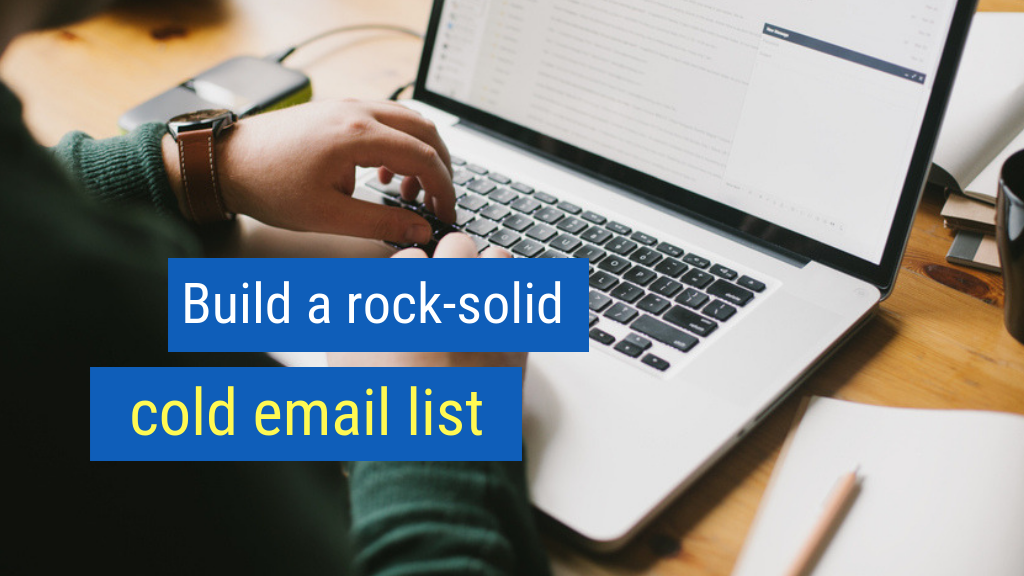
You can’t build a list for cold email prospecting until you know exactly who your target prospect is. Start with understanding who that perfect prospect is for you, and for what you sell. Once you do this, you’re ultimately going to be able to create a list of ideal prospects.
So what are the industries that are best for what you offer? What’s your ideal prospect’s title? What are the typical company revenues of the most successful clients that you sell to? What’s their employee count? All of these factors matter. Understanding them will help you create a rock-solid cold email prospecting list.
I highly recommend that you build your cold email prospecting list with LimeLeads. I’ve talked about these guys before and I will talk about them again, because what I love about them is that all of their emails are actually good emails.
In other words, LimeLeads gives you valid emails so you don’t get tons of bounces. There are so many list companies out there that will sell you a list with tons of emails, but then you get so many bounces. What I love about LimeLeads is you only pay for the valid emails. If an email bounces, you don’t pay. This makes a huge difference, and I’ve actually worked directly the CEO of LimeLeads to provide our community with an amazing deal on email list leads.
You’ll get 50% off your first purchase at LimeLeads—which is unheard of—when you click this link.
Using LimeLeads is a no-brainer, since you’re going to need the email list anyway, and you want to make sure that you’re only sending messages to valid emails.
7. Map out your entire email campaign.
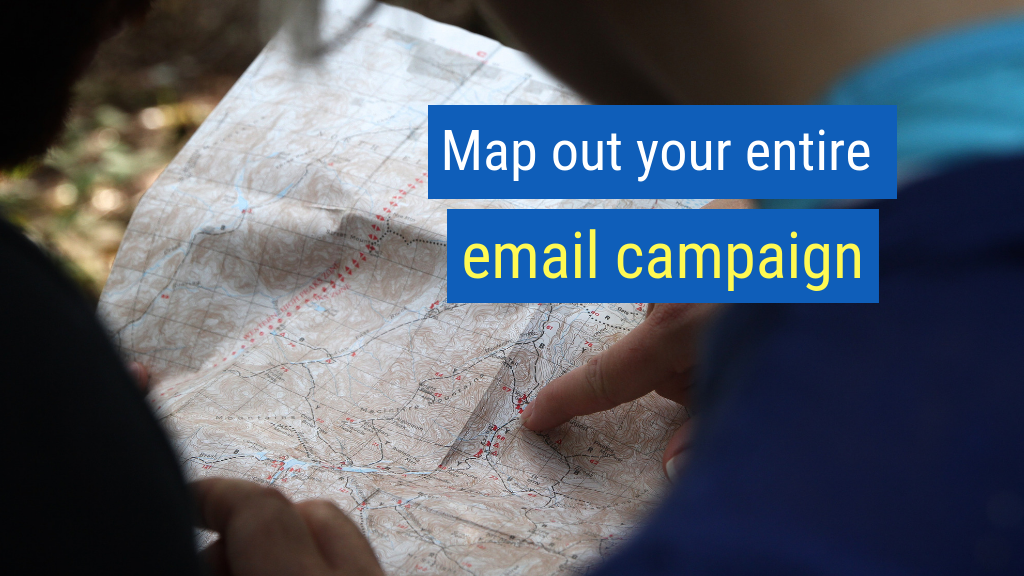
To map out your entire cold email prospecting campaign, you should use a cold emailing service such as QuickMail.io or reply.IO. I don’t get paid to recommend these services—they’re just great. What you don’t want to be using are services like Constant Contact or Aweber that send out html emails that seem like a blast mailing. The cold emails that you’re sending out need to be perceived as if they are sent directly from you to that individual person as a personal email.
Throughout your campaign, you should have a series of about five “touches” per prospect. That means that you’re going to be sending out the initial emails, and then you’re going to set up a sequence within these cold email systems to follow up on those emails. It will just seem like you’re a very patient salesperson who keeps trying to make contact. (And by the way, the second that a prospect actually replies, the sequence automatically stops.)
8. Personalize your emails as much as possible.
 It’s incredibly important that you don’t misspell a prospect’s last name, use a Mr. when it should be a Mrs., or make some other snafu that makes it obvious they’re part of a mass campaign. To avoid these mishaps, only use first names in your cold email. Reference the person’s company name and reference the industry if that’s relevant. Make it seem like you’ve actually written a real personal email. This personalized approach to cold email prospecting is going to increase your response rate dramatically.
It’s incredibly important that you don’t misspell a prospect’s last name, use a Mr. when it should be a Mrs., or make some other snafu that makes it obvious they’re part of a mass campaign. To avoid these mishaps, only use first names in your cold email. Reference the person’s company name and reference the industry if that’s relevant. Make it seem like you’ve actually written a real personal email. This personalized approach to cold email prospecting is going to increase your response rate dramatically.
9. Make an offer that is of high value to the prospect.
 Your cold emails should answer that age-old question of WIIFM: What’s in it for me? Your prospect is receiving so many emails all day long, and the last thing they need is some cheesy email offering a BS discount. Usually in these emails, we’re not selling something directly. We’re offering them something of value. So that could look something like a special report, or some other type of high-value free information or offering that you or your organization has put together. Maybe you offer a free assessment that you’ll do of their website, or whatever it is that you sell that would be relevant to them.
Your cold emails should answer that age-old question of WIIFM: What’s in it for me? Your prospect is receiving so many emails all day long, and the last thing they need is some cheesy email offering a BS discount. Usually in these emails, we’re not selling something directly. We’re offering them something of value. So that could look something like a special report, or some other type of high-value free information or offering that you or your organization has put together. Maybe you offer a free assessment that you’ll do of their website, or whatever it is that you sell that would be relevant to them.
Maybe it would be a book, maybe it would be some kind of really cool sample. Maybe it’s a white paper. Whatever it is, it’s got to be something of value, not just, “Hey, could I pick your brain or could we jump on a call for a minute?” That stuff is not of value. No one wants to just jump on a call with you; they don’t want to jump on a call with me either. Offer value.
10. Have an easy call to action.
 You want to make your cold emails as easy as possible to respond to. You can do this by asking a very simple question at the end of each email that’s going to suck prospects in. An example of a closing question might be something like, “Would you like me to send over the free report?” This is really easy, because all they have to do is respond and say sure.
You want to make your cold emails as easy as possible to respond to. You can do this by asking a very simple question at the end of each email that’s going to suck prospects in. An example of a closing question might be something like, “Would you like me to send over the free report?” This is really easy, because all they have to do is respond and say sure.
Another example is, “What’s the best mailing address to send the book to?” That’s a question that we’ve used in our own emailing campaign where I offered to send prospects a free copy of my book, and the only thing they have to do is just reply with their best address to send the book to. Another example of a question might be, “If I send you the white paper, would you be interested in reading it?” Again, you’re prompting them to either say yes or no. Either answer is fine; you move on. But trust me, you’re going to get people to respond with a yes.
11. Follow up at least four more times.
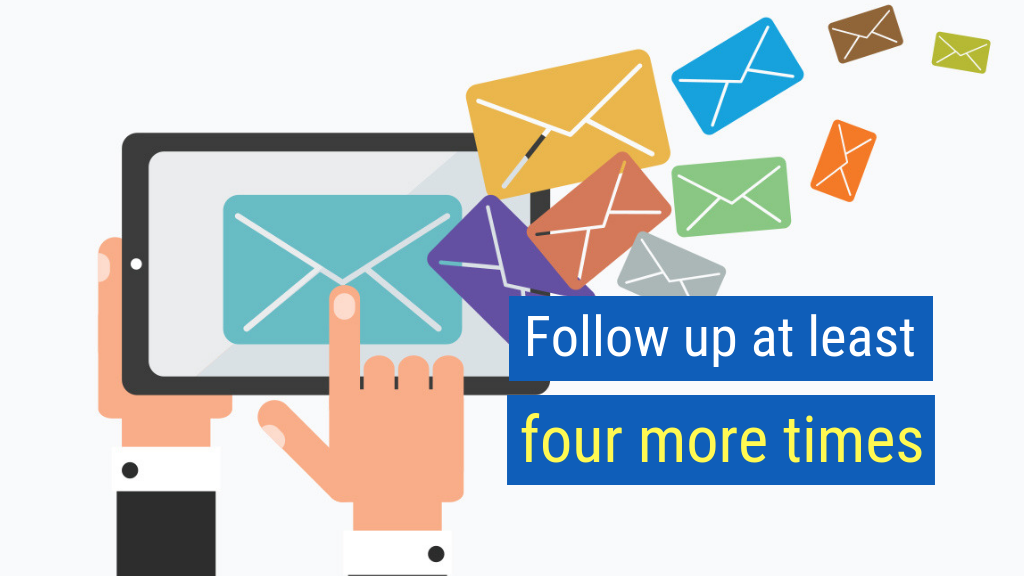
I already referenced this before, but the best cold email prospecting campaigns have at least five “touches” per prospect. This means that you need four follow-ups per prospect. One email is simply not enough. People are getting emails all the time; they don’t even know if you’re a real person. Follow-up emails make you seem more human. Only you know that you’re using an automated campaign. So reply to that first email at least two times with something really simple like, “Hey, you might have missed that first email. Wanted to see what the best address was to send that book.” Or whatever the question is to follow up on your high-value offering.
After those first two follow-ups, maybe send them a completely different email with a different offer. It makes you seem more real. What’s amazing is that when you reply that many times or you follow up that many times, prospects start to think, “Wow, this is a real person.” Staying on them starts to almost develop a little bit of a relationship. It’s a very, very weak relationship—but they’re starting to think, “Wow, this is a real person and they’re persistent.”
12. Split test your emails to see what is working.
 With any cold emailing system you’ll have the ability to split test your emails. This will give you data in terms of how many people opened it, what were the open rates, and what were the reply rates. If you’re sending out enough emails, this data is going to be tremendously valuable. For example, we find that one subject line always works way better than the others, and you never really know exactly which one is working best until you split test.
With any cold emailing system you’ll have the ability to split test your emails. This will give you data in terms of how many people opened it, what were the open rates, and what were the reply rates. If you’re sending out enough emails, this data is going to be tremendously valuable. For example, we find that one subject line always works way better than the others, and you never really know exactly which one is working best until you split test.
The other thing that you might want to split test is what you call the actual offer. Maybe you call something a special report in some emails, and you call it a white paper in others. The only thing we can really test with an offer is the actual reply rate, so you’re going to have to be sending out quite a few emails to get really valuable data. Ultimately, we want to measure everything.
13. Call prospects immediately after they open your email.
 This isn’t required, but it will give you a huge increase in the number of meetings that you ultimately set. If you’re already in the process of making prospecting calls, maybe you’re making cold calls. Now you will never have to make a cold call again, because you’re going to simply use your emailing service to let you know when prospects literally open your email. When they open that email, just call within two minutes. You will never have to make a cold call again, because they will literally have just looked at your email and then it’s like their ears are ringing, and suddenly you’re there to follow up with a call. You are going to set many more appointments and meetings as a result of that follow-up call.
This isn’t required, but it will give you a huge increase in the number of meetings that you ultimately set. If you’re already in the process of making prospecting calls, maybe you’re making cold calls. Now you will never have to make a cold call again, because you’re going to simply use your emailing service to let you know when prospects literally open your email. When they open that email, just call within two minutes. You will never have to make a cold call again, because they will literally have just looked at your email and then it’s like their ears are ringing, and suddenly you’re there to follow up with a call. You are going to set many more appointments and meetings as a result of that follow-up call.
14. Keep feeding the beast with new prospects.
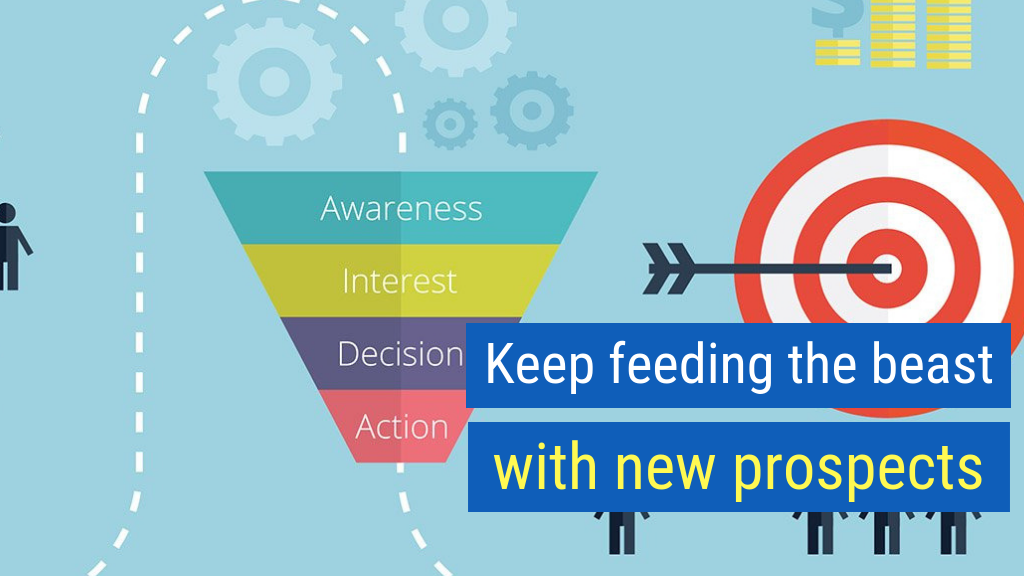
Don’t just do this cold email prospecting campaign once. Keep it going all the time.
Use your preferred list service to add new people with their emails regularly. This is why I love LimeLeads, because it’s a subscription that you can just keep using to feed the beast with new emails once a quarter or so. That’s exactly what we do at my company. We’ll get a big group of emails and then we’re only sending out about 40 to 50 emails a day. So over the course of a couple of months, we go through a couple thousand emails and then switch to another group.
So there you have it. Now know you the nine steps to a cold email prospecting campaign that gets you meetings in your sleep. Again, I have worked with the CEO of LimeLeads to provide our community with an amazing deal on email list leads. You’ll get 50% off your first purchase at LimeLeads—which is unheard of—when you click this link. Take advantage of this great deal now!

Enjoyed this article? Please share away!

Get instant access to our free sales training:
Why Prospects Push Back on Price, Give 'Think-It-Overs,' and Ghost in Sales Until They Meet a Sales Superstar Who Is Following These 7 Simple Keys

About the Author Marc Wayshak
Marc is is the best-selling author of three books on sales and leadership, including the highly acclaimed titles Game Plan Selling, The High-Velocity Sales Organization and his forthcoming book, Sales Conversations, Mastered.
Marc is a contributor to Inc, HubSpot, Fast Company, Entrepreneur Magazine, and Huffington Post Business. He also hosts a popular YouTube channel on sales strategy with over 103,000 subscribers.
Marc helps thousands of people his data-driven, science-based approach to selling that utilizes all the best tools available to sales organizations today.

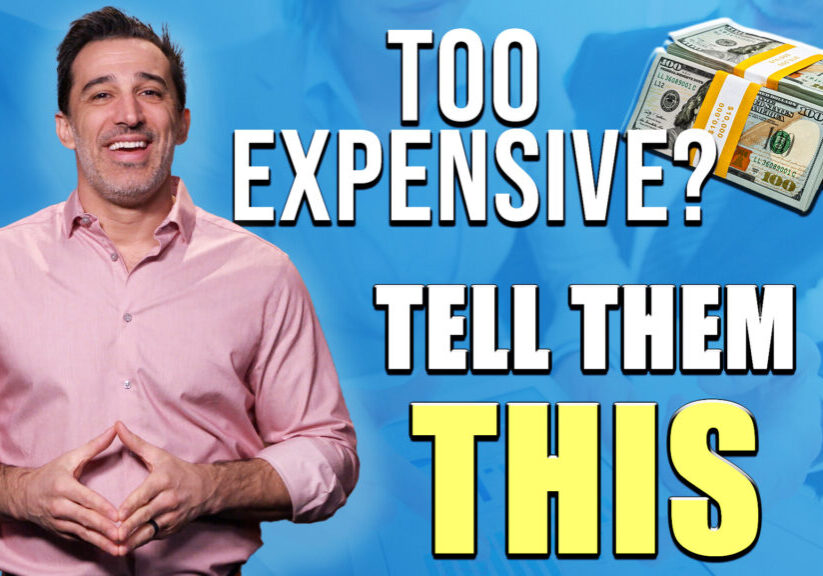
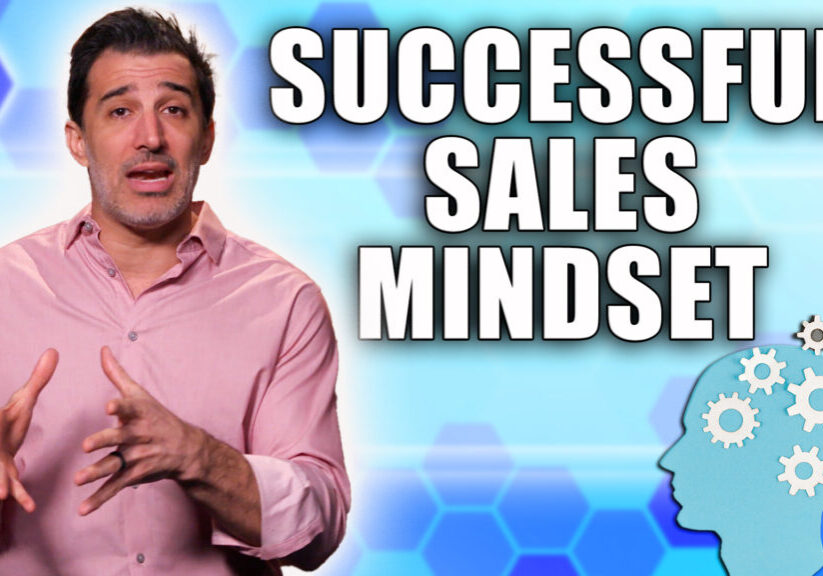
![How-to Sell to Power [C-Suite Sales Must-Knows!] How to Sell to Power [C-Suite Sales Must-Knows!]](https://salesinsightslab.com/wp-content/uploads/bb-plugin/cache/How-to-Sell-to-Power-C-Suite-Sales-Must-Knows-1024x576-landscape-7a52c541b28a7b772ad9e1010d8240be-.jpg)

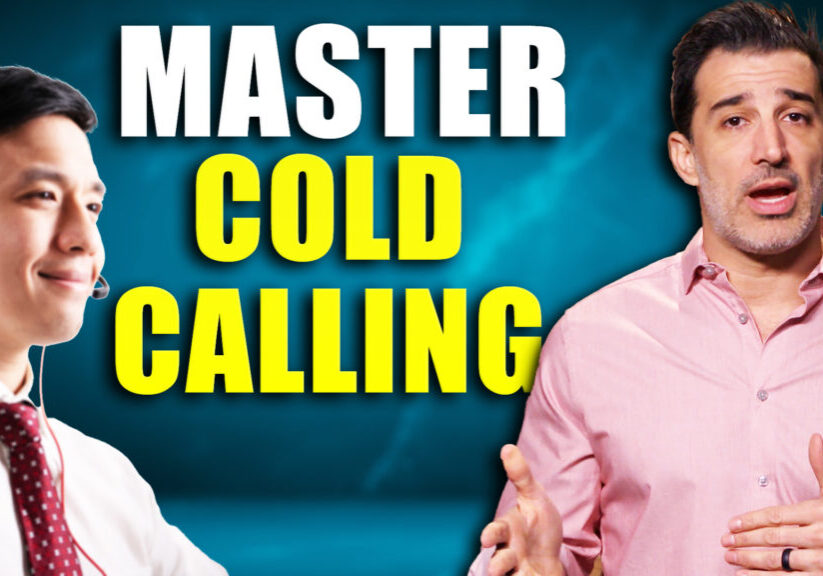
![The Absolute Best Way to Start a Sales Conversation [WITH ANY PROSPECT] The Absolute Best Way to Start a Sales Conversation [WITH ANY PROSPECT]](https://salesinsightslab.com/wp-content/uploads/bb-plugin/cache/The-Absolute-Best-Way-to-Start-a-Sales-Conversation-WITH-ANY-PROSPECT-1024x576-landscape-be9d9379ab94d9f71b5bfeed42246a84-.jpg)